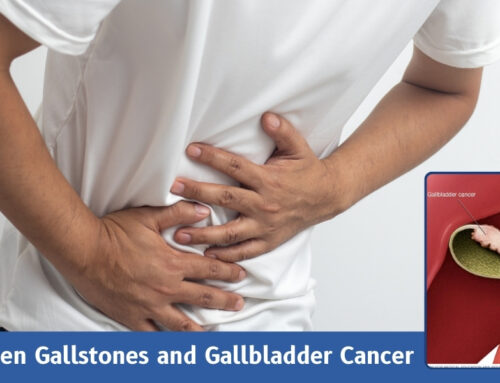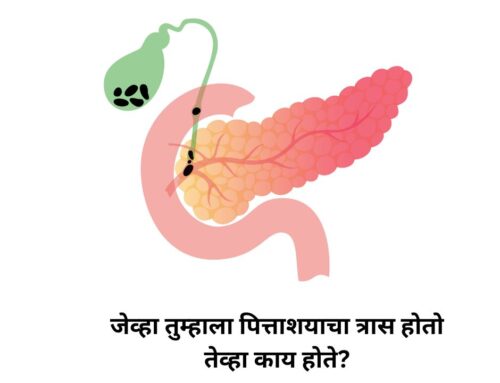The gallbladder might not be the most glamorous organ in the human body, but it certainly plays a crucial role in digestion and overall health. Tucked away beneath the liver, this small pear-shaped sac is often overlooked until it starts causing problems. Let’s dive into what exactly the gallbladder is, what it does, where it’s located, and its intricate anatomy.
What is the Gallbladder?
The gallbladder is a small organ responsible for storing and concentrating bile, a digestive fluid produced by the liver. It looks like a tiny green pouch and is about three to four inches long in adults. Despite its modest size, the gallbladder plays a significant role in the digestive process, particularly in breaking down fats.
Function of the Gallbladder
The primary function of the gallbladder is to store and release bile into the small intestine to aid in the digestion of fats. After a meal, especially one rich in fats, the gallbladder contracts and releases bile into the digestive tract through the bile ducts. Bile helps emulsify fats, breaking them down into smaller particles that can be more easily digested and absorbed by the body.
Location of the Gallbladder
The gallbladder is nestled beneath the liver, which is located in the upper right portion of the abdomen. Specifically, it sits just below the liver, tucked into a hollow space on the underside of the liver known as the gallbladder fossa. Its position makes it somewhat challenging to locate without medical imaging, but it’s generally found near the lower margin of the liver.
Anatomy of the Gallbladder
Understanding the anatomy of the gallbladder helps shed light on its function and how it interacts with other organs in the digestive system. The gallbladder consists of several parts:
- Fundus: This is the rounded bottom portion of the gallbladder.
- Body: The body is the main part of the gallbladder, situated between the fundus and the neck.
- Neck: The neck of the gallbladder tapers and leads into the cystic duct.
- Cystic Duct: This duct connects the gallbladder to the common bile duct, through which bile flows into the small intestine.
- Hepatic Ducts: These ducts carry bile from the liver to the common bile duct, eventually leading to the small intestine.
- Bile Ducts: These ducts transport bile from the liver and gallbladder to the small intestine.
While the gallbladder may not be as well-known as other organs, its role in digestion is vital. From storing bile to aiding in fat digestion, this small sac performs essential functions that keep our digestive system running smoothly. Understanding its anatomy and function can help us appreciate its importance and take better care of our overall health.
FAQ’s
What happens if my gallbladder is removed?
If your gallbladder is removed, a procedure known as cholecystectomy, your body will still be able to digest fats, but the process may be altered. Without a gallbladder to store and release bile as efficiently, bile may continuously drip into the small intestine rather than being released in response to meals. This can lead to digestive issues, particularly with fatty foods, such as diarrhea or bloating, in some individuals. However, most people can adapt to the changes over time, especially with dietary adjustments.
What are common problems associated with the gallbladder?
The most common issues related to the gallbladder include gallstones, inflammation (cholecystitis), and gallbladder cancer (although this is relatively rare). Gallstones are hardened deposits that form in the gallbladder and can cause pain, inflammation, and other complications if they block the flow of bile. Cholecystitis occurs when the gallbladder becomes inflamed, often due to gallstones or infection. Symptoms of gallbladder problems typically include abdominal pain, nausea, vomiting, and fever.
Can I prevent gallbladder problems?
While some risk factors for gallbladder issues, such as age, genetics, and certain medical conditions, are beyond your control, there are steps you can take to reduce your risk. Maintaining a healthy weight, eating a balanced diet low in saturated fats and cholesterol, and staying physically active can help prevent gallstones and other gallbladder problems. Additionally, it’s essential to stay hydrated and avoid rapid weight loss or crash diets, as these factors can increase the risk of gallstone formation. If you have a family history of gallbladder problems or experience symptoms such as abdominal pain, it’s crucial to consult with a healthcare professional for proper evaluation and management.




